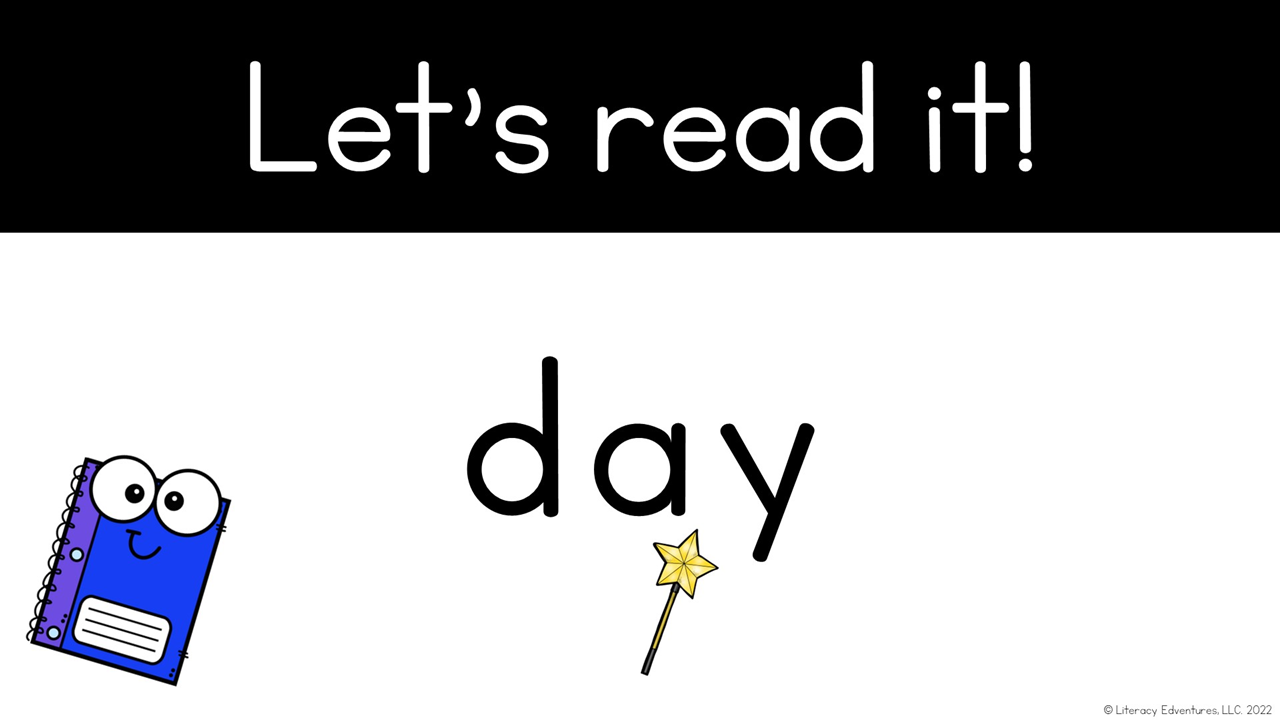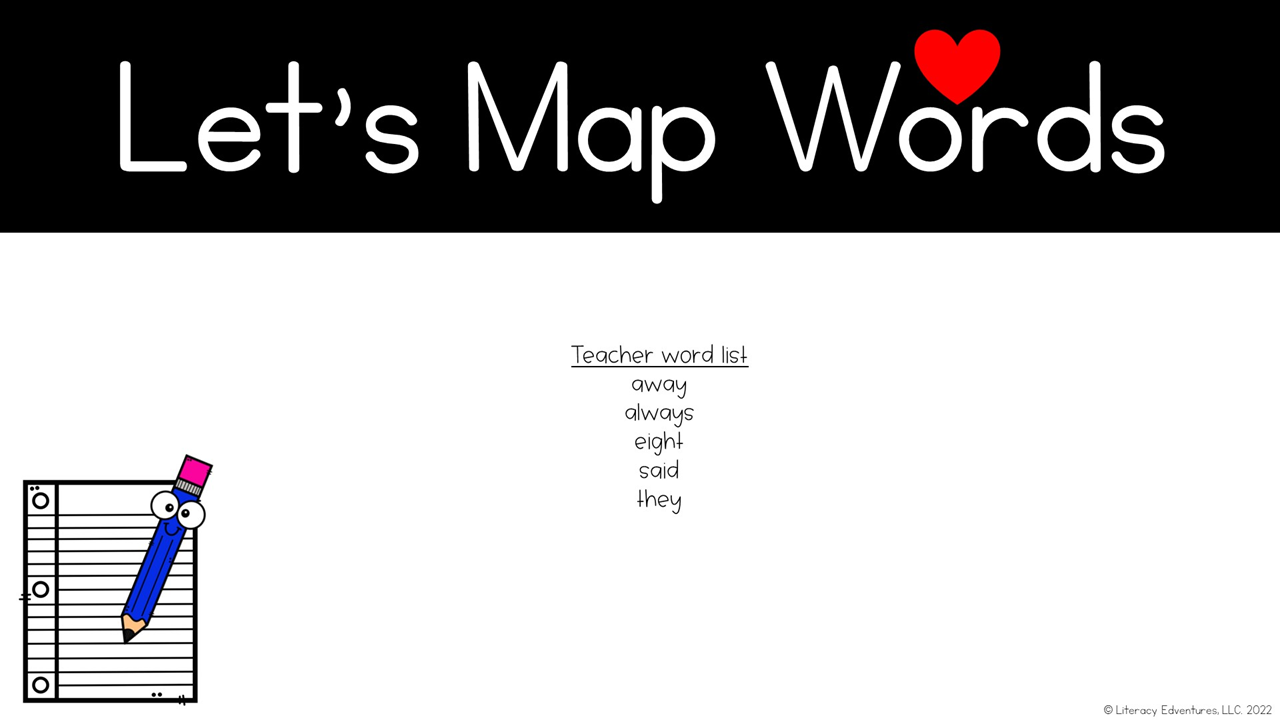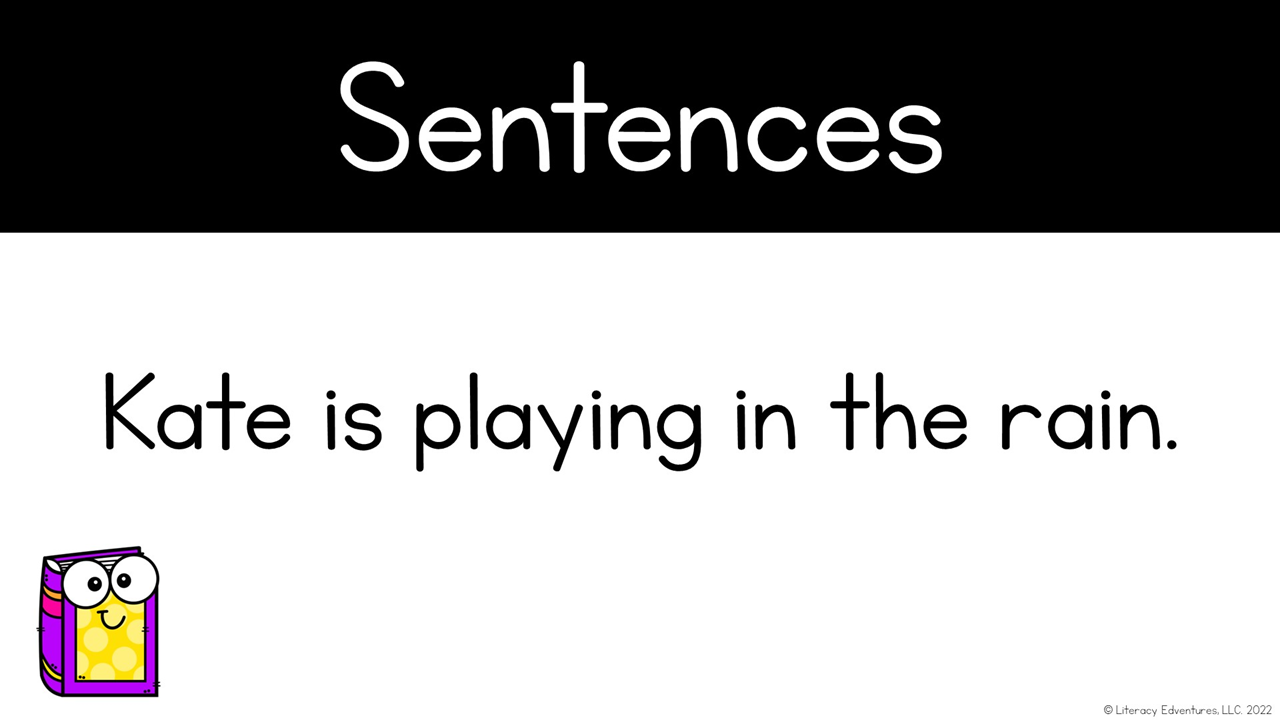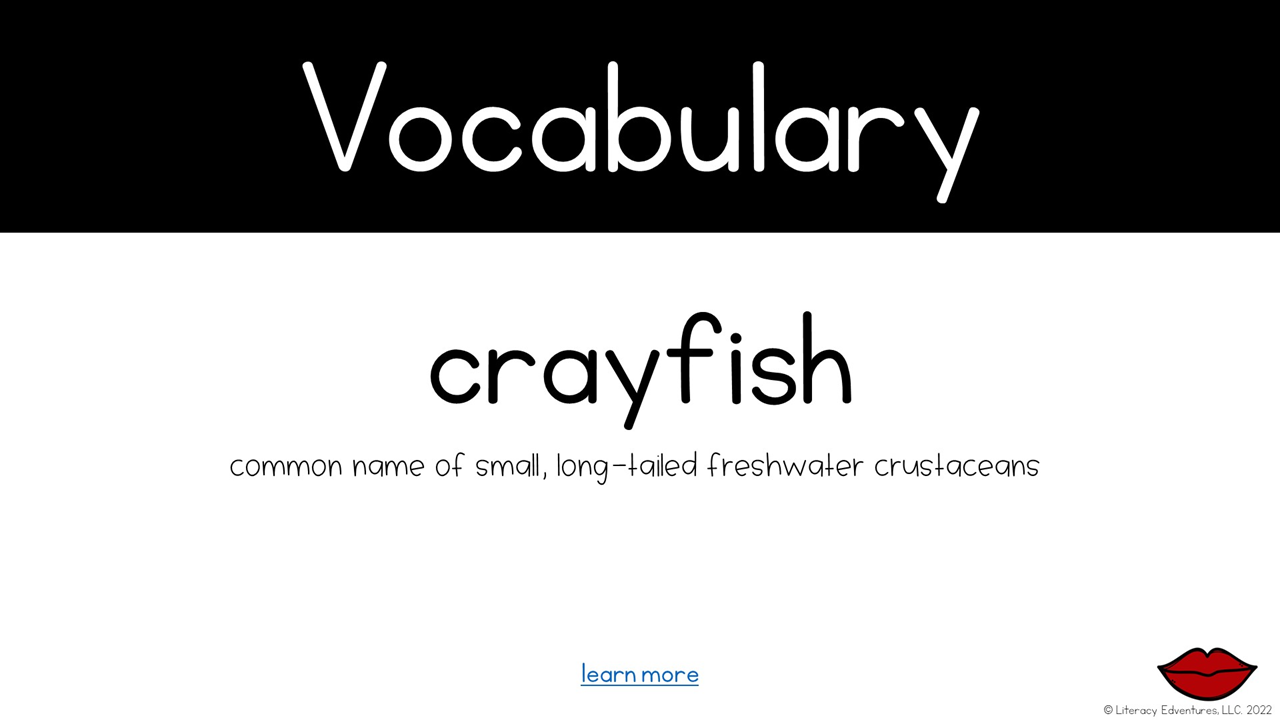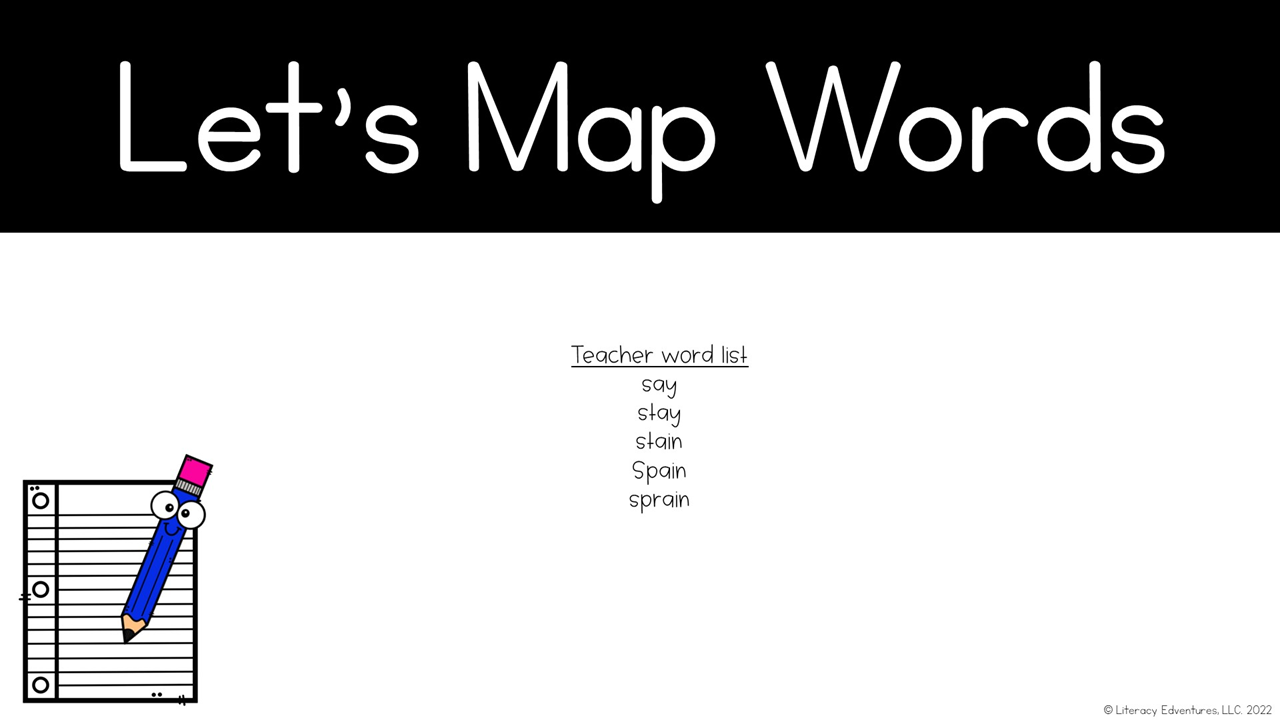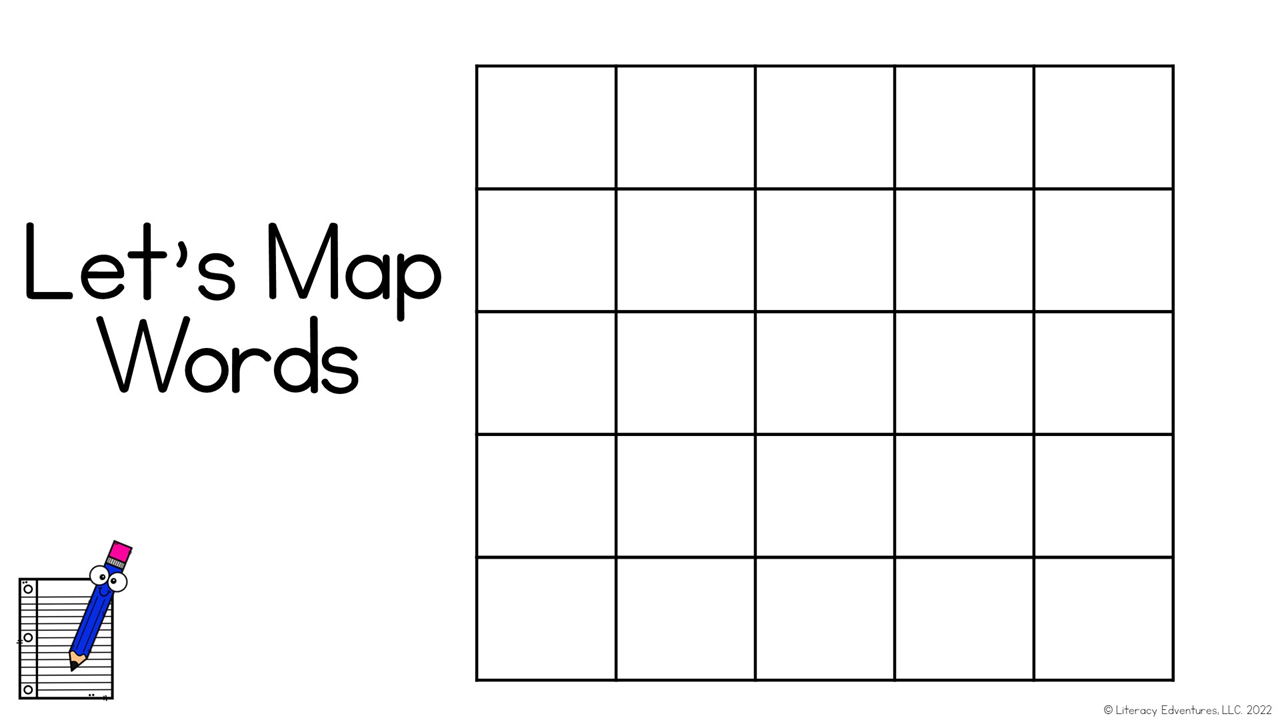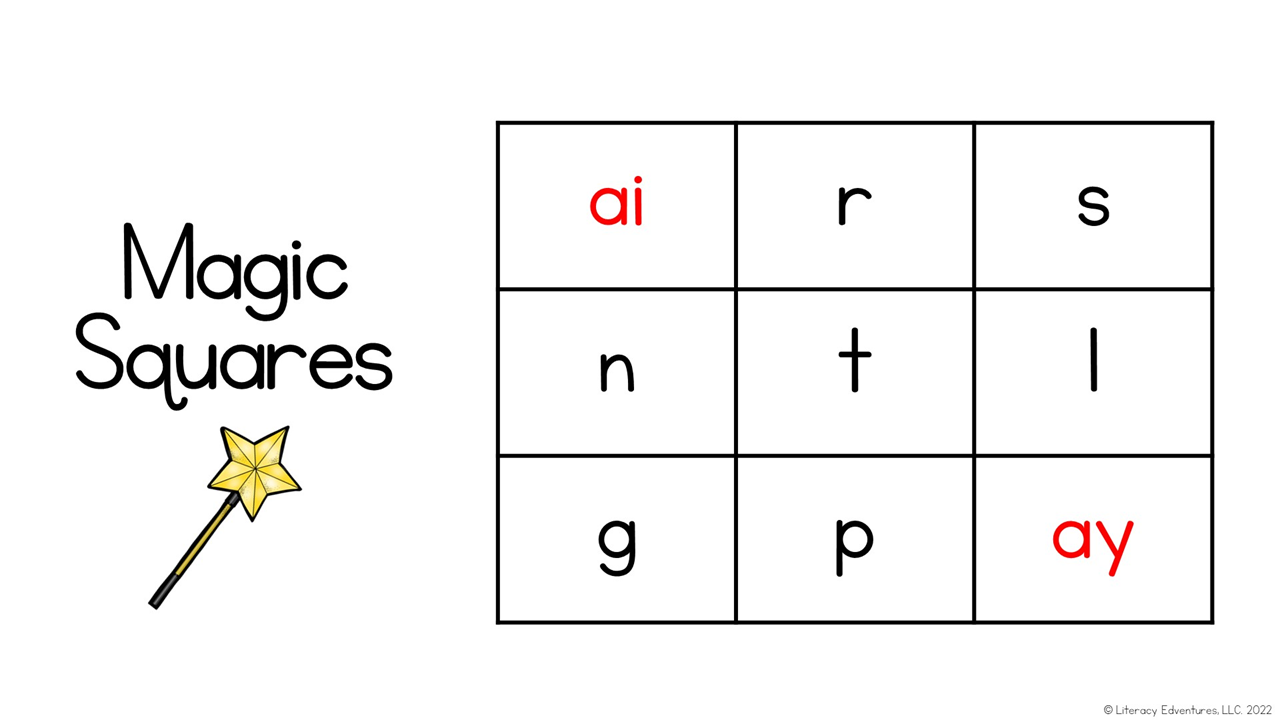7 Easy Steps for Teaching Phonics in Whole Group
I shared some fun activities for small group phonics in my last post. Today, let’s chat about what your whole group time should look like.
The good news: it isn’t complicated. The bad news? I used to think I didn’t need to teach phonics in the whole group….wah…wah…wah….
YEP...that's exactly what I used to say. When people started talking about whole group phonics, I have to admit, I didn't see why it was important! I thought....
We need to meet our students where they are.
Phonics instruction should be differentiated.
Phonics instruction should be taught in small group only.
I mean.. seriously. What was I thinking?
Do we need to meet our students where they are? YES!
But does it hurt to expose them to grade-level content? NO.
I bet you are wondering why I changed my mind, aren't you? The truth is, I realized that I was failing my students.
Here in Virginia, we have a screening known as PALS (Phonological Awareness Literacy Screening). This screening assesses spelling, oral reading fluency, phonological awareness, and letter sound knowledge. Two years ago, our students BOMBED the spelling portion of this assessment. I cried for days. I kept thinking "We did everything! We focused on phonics and decoding, we added in the dictation, and we connected it to decodable texts. What else could we have done.???"
and then.....it hit me. I looked down at the word list and these were the words that I saw:
cat flip paint
bed girl much
rug soap truck
Guess what?? The particular group of students that bombed the spelling assessment, spelled every single CVC word correctly. They even did well on blends and digraphs. They had NO knowledge of r-controlled vowels or vowel teams. Why? Because we were meeting their needs in a small group, but we were not exposing them to grade-level content.
You better believe the team and I got to work. We knew that if we wanted them to have a fighting chance at the end of the year, we had to expose them to phonics patterns that were appropriate for their grade level.
We first sat down to decide a scope and sequence that would be appropriate across k-2. We examined the assessment and decided what should be covered in each grade level. Then we brainstormed what our whole group phonics instruction might look like. We knew it had to be explicit and systematic, but we also knew that we had to keep it short and sweet.
Alas, our whole group phonics slides have arrived and I want to share them with you! My teachers and I worked really hard to create two different levels. We know that our k-1 students need something different than our 2-3 students need. With that being said, I am going to walk you through each activity. You as the teacher have the freedom to choose what is best for you and your students.
LEVEL 1: Ideal for Grades K-2
Rule and Generalizations
Each slide begins with a rule or a generalization. This helps us explicitly teach students the phoneme-grapheme correspondence
Let’s Find It
We want our students to become familiar with the phonics skill that we are teaching. Therefore we must take time to have them practice listening for that skill OR searching for the correct spelling. In level one (ideal for k-1) students listen for the sound in the word and circle all the pictures that follow that skill.
Tap it Out
In this activity, students have the opportunity to practice blending and segmenting words that follow the skill they are learning.
Let’s Read it
We want to give our students a chance to decode with our support. Which is why I love these slides. Each slide helps you and the students sound out one sound at a time. The wand moves as you and the students decode the word. The final slide shows the entire word with the phonics skill highlighted.
Let’s Spell Words
We know that decoding is important, but so is encoding (the process of breaking a spoken word into each of its individual sounds, and applying it to written form). That’s why we want to give them practice spelling and writing them.
Let’s Map it!
What about those tricky words? We call them heart words. Students have the opportunity to map heart words that align with the phonics feature they are working on. The teacher is provided boxes to help walk students through the tap it, map it, and write it routinely.
Read Sentences
Next, we want to see if our students are able to apply the skills they have learned within context. Each slide has a sentence that focuses on the skill as well as previously taught skills in the scope and sequence.
Let’s Take a Look at Level Two
I created level two to help students who still need phonics support, but don’t necessarily need tons of picture support or phonemic awareness.
Rule and Generalizations
Each slide begins with a rule or a generalization. This helps us explicitly teach students the phoneme-grapheme correspondence.
Find the Mistake
We want our students to become familiar with the phonics skill that we are teaching. Therefore we must take time to have them practice listening for that skill OR searching for the correct spelling. In level two (ideal for grades 2-3) students are asked to locate the misspelled words. This activity always brings on a giggle or two.
Vocabulary + Etymology
Vocabulary is crucial if one wants to become a proficient reader, but let’s face it, sometimes the books our students are reading do not have the BEST words to practice. In these slides, I pulled vocabulary words that followed the phonics skill the students were working on. I provided a place for students to read the definition, hear to pronunciation, and learn more about the origin of the word.
Let’s Map it!
In level two, students use a mapping sheet to complete a word-chaining activity. Students are encouraged to build a series of words, changing only one sound at a time.
Magic Squares
May I have your attention please…….this one is a crowd-pleaser! If you want to have a group of third graders furiously writing as many words as they can, this is the activity for you. Simply put up the slide and set the timer. Tell students they can use any letter combination they see inside the squares to make as many words as they can before the timer goes off.
So, if you are looking for a fun way to add more phonics instruction into your whole group reading lessons, I have a treat for you.
I have been working hard to create these slides for my teachers, because I NEVER sell a product that hasn’t been tried and approved by teachers and students, I have not uploaded them all. The good news? You can snag what I have as part my GROWING BUNDLE.
Currently included in this bundle are:
short a
short e
short i
short o
short u
There are 25+ more bundles coming December 23 (or before)
CVCe, initial blends, final blends, ending ck, nasals, vowel teams, r-controlled vowels, diphthongs, three-letter blends, trigraphs, AND MORE!
I bet you are wondering why you should snag them now?? Well, they are the lowest price they will ever be! So, click over and get started!











